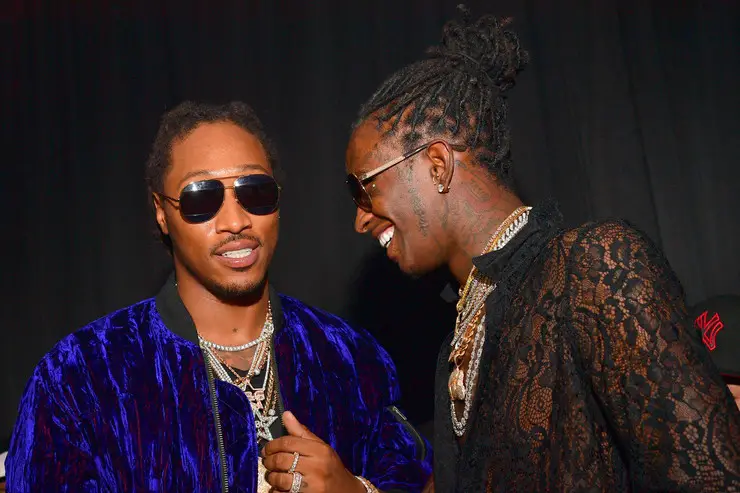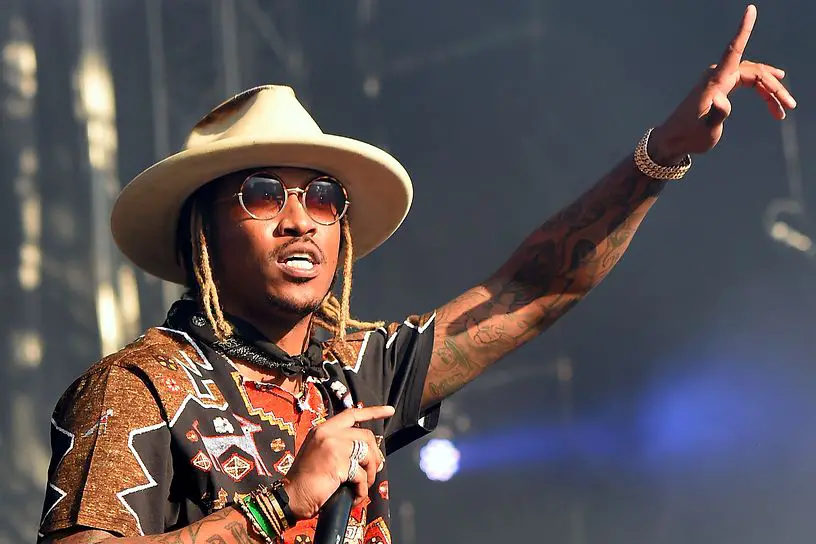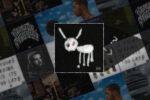Rap has always been a staple genre of the music community, and an ever-changing one at that. Arguments regarding who holds the title of “Best Rapper Alive” have driven sharp divides through even the firmest of friendships, and allegedly make up for around 57 percent of all divorces in the U.S. The fact of the matter is that there are so many differing flows and unique stylistic approaches that it is extremely difficult to choose a favorite sub-genre, let alone a favorite rapper.
Since the rap game is so constantly changing, it’s anything but surprising that every so often there is going to be a controversial style that permeates the feeble barrier protecting the criteria of what exactly constitutes rap music. In an age of rap that so heavily relies on clear, sharp lyrics infused both with creativity and intellectualism and peppered with audible allusions to pop culture, such as those expressed by staple rappers, such as Drake, Kanye and Chance the Rapper, as well as coming-of-age rappers, like Anderson .Paak and Khalid, or even old standbys like 2 Chainz, something had to be done to stir the waters of lyricism and flow.
Thus, an intriguing new style emerged onto the scene to do just this. Piloted by the creative minds of Future and Young Thug, this style, dubbed “mumble rap” by Wiz Khalifa (who is still searching for the lyrical dexterity and seamless flow that he lost somewhere in “Rolling Papers”) tilts the focus away from decipherable lyrics and more toward flows that seamlessly mesh right into the beats, serving, on the surface, as more of audible pleasantries as opposed to actual expressive content.

The lyrics characteristic of mumble rap are often quite difficult to understand, and, to the untrained ear, these songs will give you a look into what it’s like to be a 93-year-old with a malfunctioning hearing aid. Because of this, mumble rap has garnered a great deal of attention, most of it critical and rooted in both negativity and inability, or rather unwillingness, to allow for the transformation and progression of rap music.
Various styles and flows of different rappers have thrived for months, even years, simply to subsequently wither away, allowing for a more unique, progressive rapping technique to take its place. Mumble rap isn’t the first instance in which a style of rap music has focused less on audible verses and more on overall flow, specifically delivery.
Rappers like Busta Ryhmes and Twista mastered their own distinctive flow by dominating an impressively fast-paced delivery, often rhyming words so quickly with such ease that it would likely take 60 milligrams of Adderall and two hours of intense studying for even the most passionate of rap fans to attempt to memorize their verses.
However, this style of rap received very little criticism in comparison to mumble rap, and is even often praised as indicative of immense talent in a rapper. The main difference that people argue between fast-paced rapping and mumble rapping, elevating the one above the latter, is that fast rapping contains an impressive number of lyrics, while many are convinced that Young Thug “isn’t even saying anything.”
Now, I’m not going to argue against the fact that, occasionally, the first time hearing a Future or Thug feature can sound like some sort of rap collaboration with Charlie Brown’s parents, but, as is true with all music giving a song, or even a verse, only one listen absolutely does not certify you to be able to fairly or accurately review its quality. It is only after a multitude of listens that one can appreciate the sort of inventive language that these rappers have brought onto the scene. Their calculated use of voice inflection and ad-libs become increasingly more pioneering and impressive, and much less reminiscent of gobbledygook.
These mumble rappers aren’t in the studio delivering rhymes into a microphone with a mouth full of marbles; they don’t have some sort of speech impediment and they aren’t so faded off the lean that they simply can’t pronounce anything correctly (okay, no promises on that last one). What they are doing is intentional; it is a premeditated, innovative stylistic approach at delivering rhymes used to help progress the state of rap.
By jumbling lyrics together, these rappers expand their ability to both rhyme and utilize intellectually fueled figures of speech, which have become such a pillar of rap music. When Future, Young Thug or any other new-age rapper mumble through their words, abbreviating here and altering pronunciation there, they open up the English language.
It allows for them to feasibly, yet slyly, insert copious amounts of metaphors and other word play that would have even the biggest stickler of an English teacher smoking a blunt and blasting “Wyclef Jean” with the windows rolled down in their ’97 Honda Civic.
Another positive consequence of this mumbling that tends to go unnoticed is the awareness that it raises for rap music itself. Very frequently, when one can’t understand the lyrics they hear in mumble rap, they are quick to google them and learn what the artist is saying. This, in turn, helps stimulate the overall genre of rap music and allows people to recognize the worth and unexpected genius inherent in these rappers.
The most important message that mumble rapping expresses is that the content of the music is not necessarily always the most important aspect, but rather it’s the emotion that a song can evoke from both the listener, as well as the artist. And for that, Young Thug and Future have a lot to teach us, no matter what your mom says.


















[…] Wilcox, U. (2017). A Beginner’s Guide to Mumble Rap. [online] Study Breaks. Available at: https://studybreaks.com/2017/03/29/mumble-rap/ [Accessed 27 Apr. […]
[…] Rather than rapping clearly, eloquently, articulately and with prowess and esteem, mumble rappers string occasional words together, like “cat”, “sat” and if you’re lucky, “mat”. And mumble […]
[…] Rather than rapping clearly, eloquently, articulately and with prowess and esteem, mumble rappers string occasional words together, like “cat”, “sat” and if you’re lucky, “mat”. And mumble […]